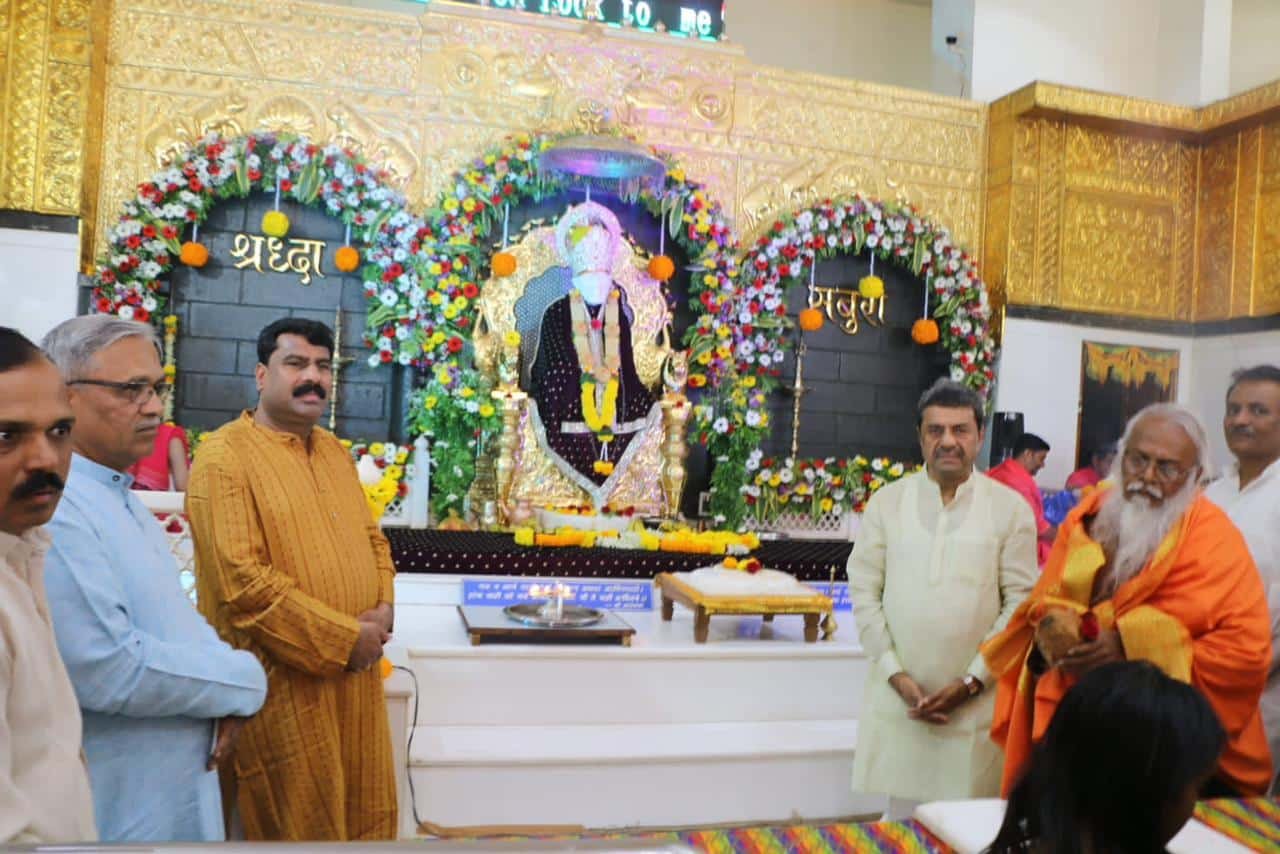The Odisha government revised the number of deaths in the triple train accident.
New Delhi:
The Railways ministry has sought a probe by the Central Bureau of Investigation into the three-train pile-up in Odisha’s Balasore. More than 270 people have died in Friday’s accident, which is being described as one of the worst in the country.
Here are the Top 10 points in this big story:
-
“Keeping in mind all that happened, the information that the administration has, the Railways board has made a recommendation that the investigation be handed over to the CBI,” Railways minister Ashwini Vaishnaw told reporters.
-
The minister had earlier attributed the horrific collision to a technical snag, and said all will be revealed soon in a report. The accident, he said, was caused by a change in “electronic interlocking”.
-
The Railways said due to a “signalling interference”, the Coromandel Express met with an accident and its engine and coach crashed into a goods train laden with iron ore stationed on one of the loop lines.
-
Due to the impact, the coaches of the Coromandel Express also got thrown into the third track and rammed the Bengaluru-Howrah Superfast Express that was approaching at a high speed, the railways said.
-
“Kavach”, the indigenously developed automatic train protection system, was not available on the route where the accident took place. A railways official, however, said had it been in place, the system would not have been helpful in averting such an accident.
-
Jaya Verma Sinha, Member, Operations & BD, Railway Board, said no technology in the world can avert some accidents, citing examples of boulders suddenly dropping in front of vehicles.
-
Critics, though, have flagged an audit report of railways which cited several serious lapses in rail safety. The report was tabled in the Parliament in September last year.
-
The crash set off a political row with opposition parties questioning the government about the lack of safety measures. Bengal Chief Minister Mamata Banerjee, a former railway minister, said the crash could have been averted if trains were equipped with an anti-collision system.
-
On Sunday, the Odisha government revised the number of fatalities in the triple train accident, bringing it down to 275 from 288, and put the number of injured at 1,175. The figures indicate that it is the third worst rail disaster in the country.
-
Having one of the world’s largest rail networks, India has seen a number of disasters over the years. The worst of them was in 1981, when a train derailed while crossing a bridge in Bihar and plunged into the river below, killing between 800 and 1,000 people.





